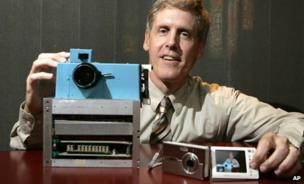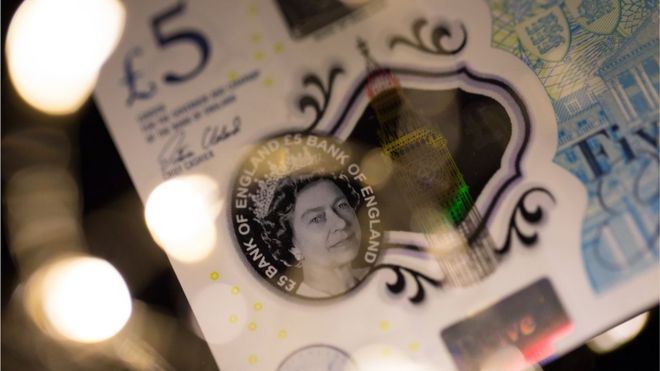Five ways the digital camera changed us

Since the introduction of the first digital camera, we as the average amateur photographer and everyday person, have changed significantly. The average persons public behavior has changed to a "I was there" mentality, meaning that anything and everything can be captured at any time. The frequency of picture taking has also increased to a point where photography today is considerably 'cheap and almost effortless". The average photography has also become much better compared to the standards of the past. With intelligent cameras and easier techniques we are able to take pictures that were considered problematic in the fast fairly easily. These same reasons have lead to a increase in citizen journalism. With digital cameras on most technology, including smartphones, any event can be recorded by multiple bystanders or participants and uploaded to one of many internet archives to the extent that one writer asks 'could the digital camera be replacing human memory?'.




